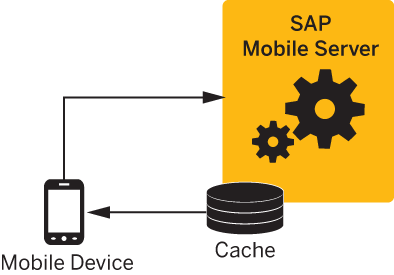Load arguments control the amount of data refreshed between the enterprise information system (EIS) and the cache database (CDB), and each load argument creates its own client defined partition in the CDB based on load argument value (partition key). Partitions are refreshed concurrently, thus improving performance. In contrast, synchronization parameters filter CDB data downloaded to the mobile device during device application synchronization.
Set load arguments in the Properties view, from the tab. Set synchronization parameters from the Synchronization tab. It is important to understand both their differences and how they work together to load (data refresh) and filter (synchronize) data. For example, you can use:
- A synchronization parameter and a separate load argument – refresh data based on an argument independent of synchronization, or
- A load argument that maps to a synchronization parameter – use the same value for both refreshing and synchronizing data. Basically, one synchronization parameter induces one client defined partition. This provides more fine-grained CDB partitioning and concurrency, but may introduce more partition refresh overhead and less data sharing across devices when there are too many different values from synchronization parameters.
Synchronization Parameter

Load Argument
